Introduction to gardening tips for January: January can be an unpredictable month for gardeners. Occasionally it can be hot enough to direct sow in the soil but it can also be a gamble weatherwise. Some plant seeds include vegetables and summer blooms you can start this month, either in the greenhouse or indoors to prepare for spring and summer.
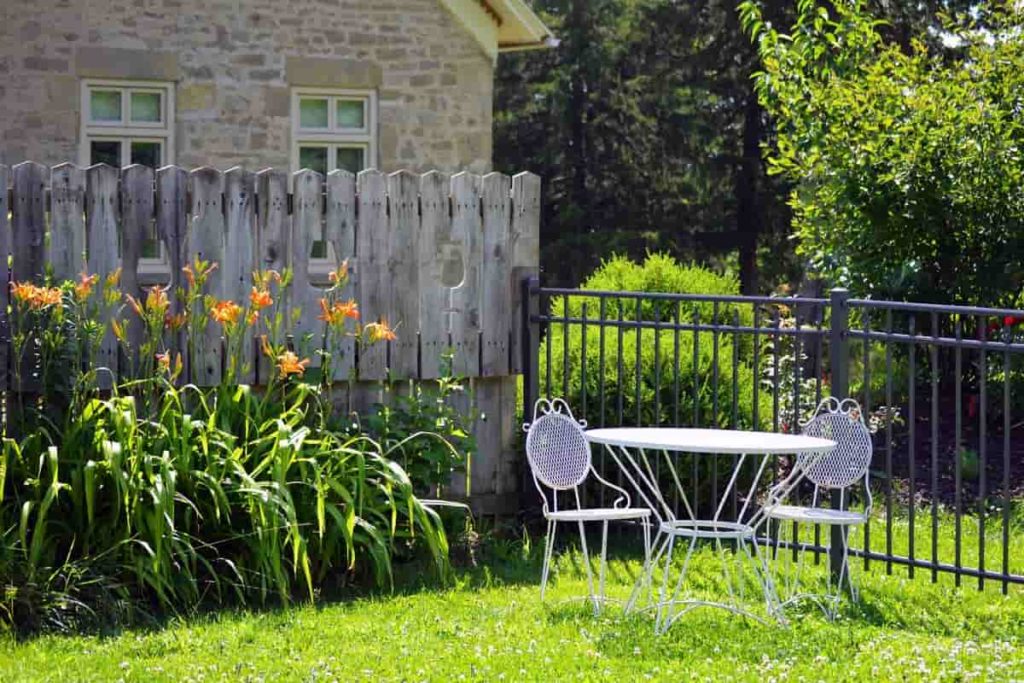
January brings us the shortest and coldest month of the year. When deciding which plants do you want both indoors and outdoors, how to maintain them in January, it’s all in the planning because it’s such a quiet time of year for the garden. Plan now for the coming months and you will start head-on the growing weather. Clean your garage or gardening shed. Carefully examine your garden tools. Clean any dirt or debris. Bring any sorting/cutting tools to speed up. Change the oil on your mower or bring it to a shop for a toned-up. Fast blades and reliable equipment will make all your gardening activities more entertaining.
Gardening tips for January
House plants
- Continue to check the health of your house plants. Prevent dust from accumulating by washing the leaves of plants from time to time. Now the days are short; if the plants are not getting enough sunlight, re-establish them. Especially on cold nights, move containers away from windows. For additional insulation, cover the glass with newspaper and cardboard layers.
- Protects indoor plants from freezing on cold nights. Move them away from the windowpane or cover the glasses with cardboard.
- Houseplants with large leaves and smooth leaves such as philodendrons, dracaena, and rubber plants take advantage if their leaves are washed periodically to remove dust and dirt, which helped keep the leaf pores open.
- Moisture can be increased by placing plants on trays equipped with pebbles and filled with water within half an inch of the base of the vessel. Run a humidifier or place a pot of water on the stove if you heat it with wood. The extra moisture will be healthy for you as well as your plants.
- Regularly twist and prune household plants to keep them in shape. Nip back new growth to promote bushy plants. House plants will benefit from fertilizer applications once or twice this winter.
- Houseplants like geranium that are long and tall probably require supplementary light. Move them to a bright spot or consider investing in fluorescent lights. Or cut them in half, recast the plants into fresh soil, and set them in a cool, bright window.
- Cyclamen needs to be kept cool and evenly moist with its unique flowers. High temperatures, very little water, or very low light can cause leaves to yellow and fall. The plant should continue to bloom for six to eight weeks with proper care.
- Poinsettias plants want good drainage, so if the pot is still covered in foil, remove the sheet down so that the water drains out. Retain the soil moist, but don’t give too much water. Place your plant in a cool position that gets plenty of light. Keep out of a hot or cold draft, and compost once a month to prolong and bracket the life of leaves.
- Closely test all household plants for pest attacks. Quarantine gift plants unless you determine that they are not sheltering any insects. Inspect under leaves for whitefly and spider insect attack, check for white, cottony food worms between leaves and trunks, and look for scale dispersal insects under leaves and on trunks. Apply insect soap or any other less toxic pesticide, brush properly.
- Spider worms can be a problem for your houseplants due to dry indoor air. Find the signs they produce – stippling at leaves and excellent webbing on new growth. Spray insect soap on them 2 to 3 times a week to kill mites or blast small plants with water by putting them over the sink. Remove the insects from the hand and spray them with insect soap if needed.
- Protect sensitive plants like crying figs from cold drafts at home. Propagate cracked leaf philodendrons and other leggy indoor plants through air layer or botanical cutting.
- Plant dwarf saplings annually such as Coleus, Impatiens, and Geranium seedlings inside as houseplants. House plants prefer tap water that has been heated by room temperature. If some of your household plants are not responding well to watering, they can often react badly to fluoride and chlorine present in tap water. These gases will naturally survive if you allow water cans to stand overnight before hydrating plants.
In case if you miss this: 20 Vegetables to Plant in Winter in India
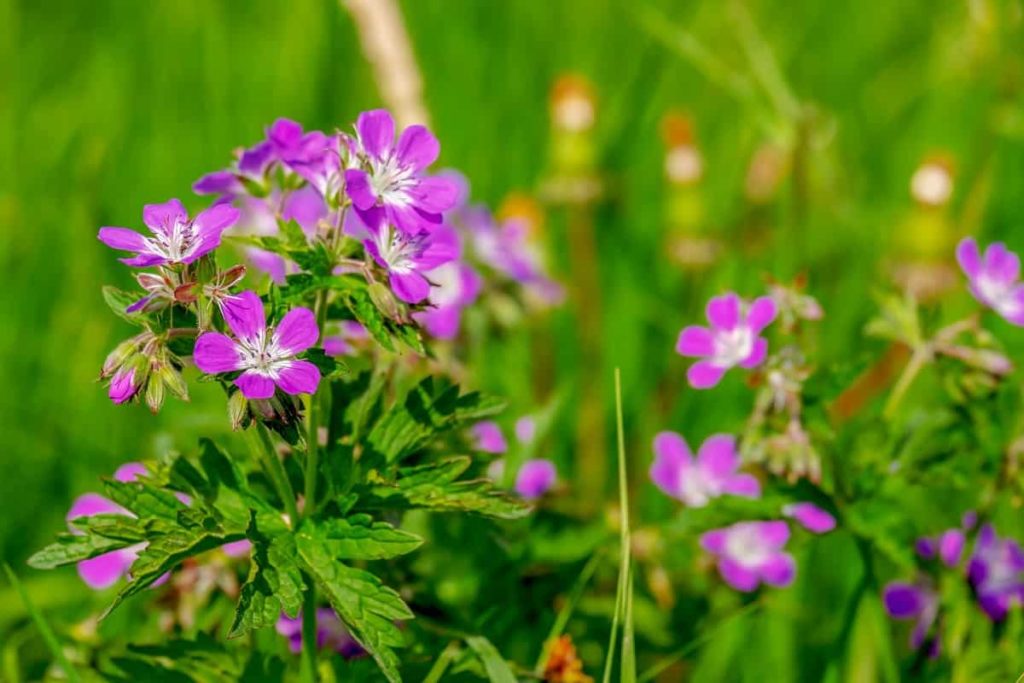
Vegetables
- The winter garden ideas need not be about what is now a show. You can start planning your vegetable garden for the coming year. You can rotate your crops to make sure everything is growing in the best possible place to protect your crops from pests and diseases.
- If you have not done so already, order your vegetable seeds now. If things are right, you can still sow some seeds out. This way you will get a continuation of the production to see you in spring and summer.
- Crown the Asparagus this month. The Asparagus plants will be in one place for years to come so take time to loosen the earth and modify it with enough organic matter before planting.
- Plant transplants of Spinach, Lettuce, Kale, and Collards. Direct seed Carrot, Beetroot, Turnip, Peas, and Radish. Cover planting beds with row cover to grow faster.
- The Onions should be transplanted in the garden 4 to 6 weeks before the last frost, which means planting the last half of January. Water vegetable plants weekly for sustained growth.
- If you are increasing your tomato transplant, now is the time to plant seeds indoors under the growing lights.
- Plant Cilantro, Dill, Sorrel, Chives, Parsley, Thyme, and other herbs that love the cool weather. Weeds grow well in vessels and are also easy to add to the landscape with flowers or shrubs.
- Add compost and fertilizer to vegetable gardens in winter end planting preparation.
- Vegetables that need to be protected from extreme weather should be present immediately before damage is done. Cauliflower can be improved when they start maturing by snapping the outside leaf and placing it across the yogurt to protect it from the cold.
- The Lettuce and further vegetables being healthy in the open should be sheltered with cloches to help them in the worst weather. Also support long vegetables with sticks to prevent air loss.
In case if you miss this: Organic Backyard Vegetable Gardening
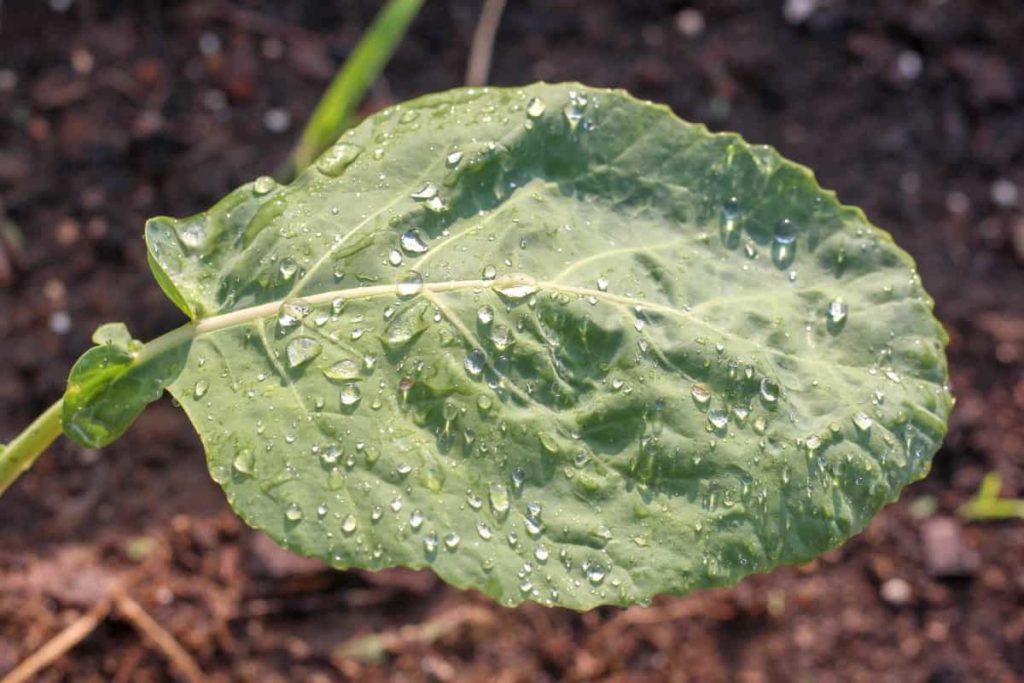
Flowers
- Sow the seeds of Begonia, Lobelia, Salvia, and Pelargonium in a hot greenhouse.
- Sweet peas can be sown in January. Sweet peas are sown earlier in the autumn and placed on sunny windows, or on a high shelf in a greenhouse that gets plenty of light.
- This is the last chance to sow seeds that require a frost to grow (such as local trees and bush seeds, and alpine plants).
- Plant bulbs in pots and borders during mild spells.
- Cut out the old leaves of the hellebores that produce flowers from the ground level to expose the flowers.
- Root cutting can now be taken. Papaver (chronic poppies), Verbascum (mullein), Acanthus, and Phlox are suitable examples.
- Start cutting the grass and other Perennials left out for winter interest. Otherwise, you can leave them a few more months to provide cover for wildlife.
- In light areas, and during dry spells, you can still lift and divide the chronic weeds. This will increase the stock, and restore tired or poorly flowered clusters.
- Inspect stored tubers of plants like Dahlia and Canna for dry signs. While maintenance is needed to prevent moisture and rot, it is important that the tubers are not allowed to dry the bones, or they will not grow next season.
- Protect new sweet peas from aphids. Remove any Infected leaves and destroy badly from affected plants.
In case if you miss this: Top 15 Fruits to Grow in Pots
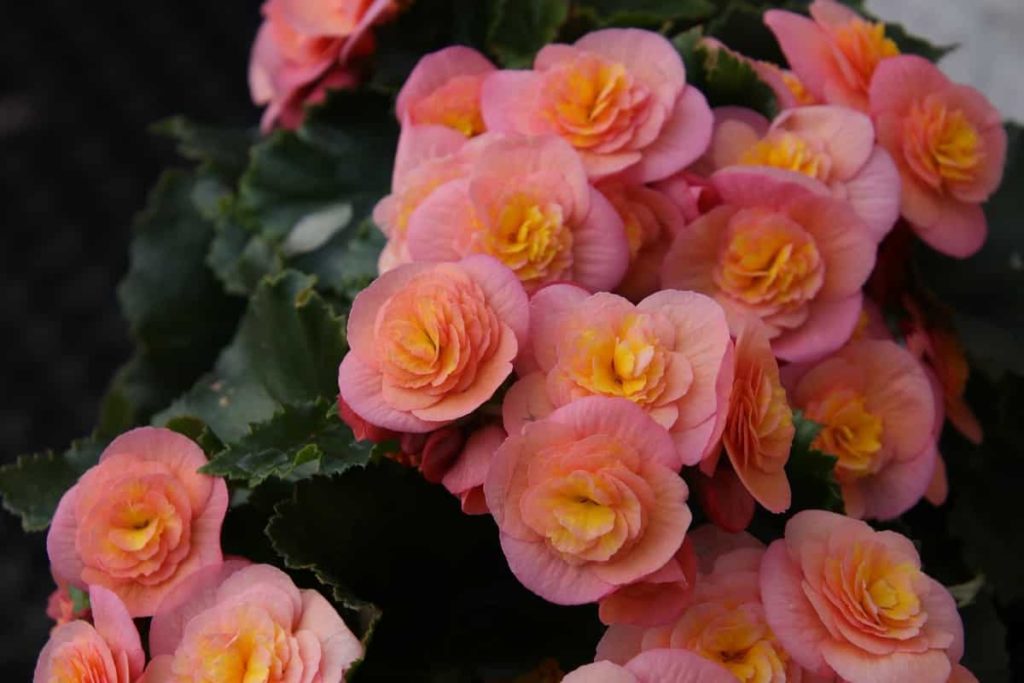
Fruit gardening
- Cut some old trunks and sort the Blueberry. Winter prune apples and pear trees to remove any dead, damaged, congested, and disease branches.
- Sort your seeds, throw empty or old packets and note someone to buy for the upcoming season.
- Plan this year’s crop rotation to ensure that you grow all kinds of crops on different beds from previous years.
- Prune gooseberry and redcurrants, cut the side shoot back to three buds from their base.
- Another winter task involves checking all tree ties and stakes and replacing any damage if necessary. If a tree is big enough and able to stand without support, there is no need to change the broken stakes. However, all the hard ties should be loosened or replaced to ensure that growth is not being limited. Also, if stakes are rubbing and damaging a tree, the stakes should be shortened to prevent such wounds.
- Twiggy branches on bushes and trees can now be removed and stored undercover to be used as plant support in spring.
- Large established fruit trees should be fed with a good general compost at this time of year, such as grow more. Applying it now gives enough time to dissolve fertilizer and take it to the roots before growth begins in March. Follow the request rates on the packaging and treat all land area that is under the control of the root system. Remember not to apply fertilizer near the base of the stem. As a rough guide, the roots that spread should be very similar to the branches.
- If you have not already done so, prune apple and pear trees. It is best done during winter while plants are still inactive. The purpose of creating an open frame of branches in a goblet form.
- Now prune your current plants and gooseberry to maintain the production framework of healthy branches.
- Leave stone fruit trees like Plum, Cherries, and Apricots alone until summer. Now sorting them out will only cause a silver leaf fungi infection.
In case if you miss this: Top 10 Herbs to Grow in Hydroponics
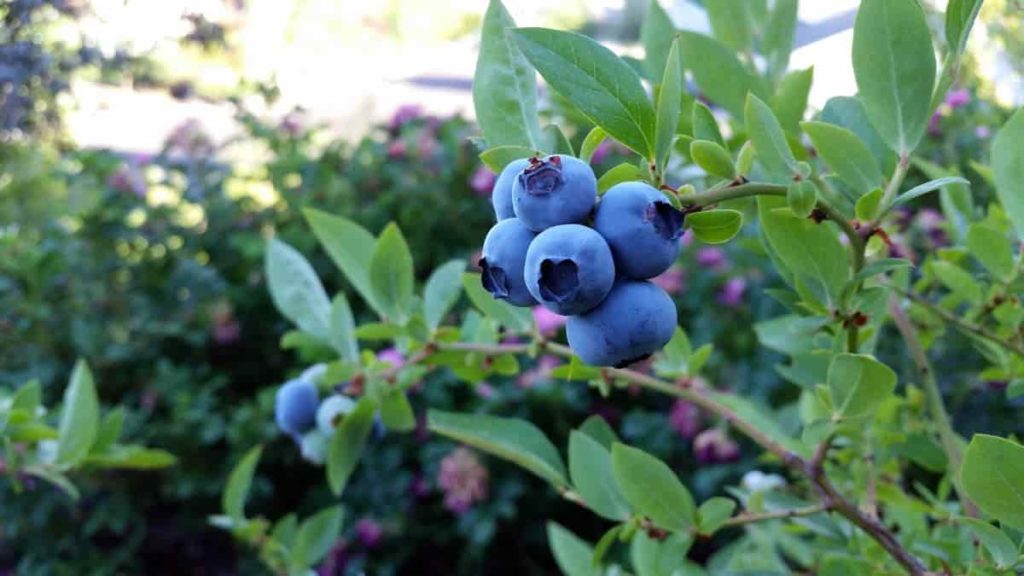
Herbs
- Many herbs fight to survive in heat and humidity and need to be cut back or replaced.
- Mint grows vigorously and must be pruned back and fertilized.
- Plant more sweet basil for autumn.
- Sow regular crops of Coriander, and Mustard every month.
- Cut back and divide the Chives, Garlic, and Spring Onions.
Greenhouse
- Clean the greenhouse, get rid of any broken pots, old manure, or debris that can hide unwanted visitors.
- Cover and transfer pot-bearing Strawberry plants to encourage early fruit.
- Regularly test plants during winter for Aphids, Oatmeal insects, and other insects, and take action where necessary.
- Bring pot-containing peaches to the greenhouse to avoid leaf-Curl disease.
- Plant Hippeastrum (Amaryllis) to the vessels and place on hot windows.
- Keep greenhouse frost-free by installing a thermostatically controlled electric fan heater.
- Bring potted Camellias to an unheated porch or greenhouse to encourage early flowers.
- Take a cutting of perennial roots like phlox and Japanese anemone, and plant in free-draining compost.
- Start sowing hardy annual seeds in modular trays for early flowers, such as Cornflowers, Cerinthe.
- Prepare your greenhouses for spring by improving ventilation, shedding, and heating.
- Repot Moth orchids after flowering if it looks like they are about to burst from their pot.
- Ventilate the greenhouse on sunny days to stop moisture build-up.
In case if you miss this: Time Saving Gardening Tips, Ideas, And Techniques

Trees and bushes
- Remove the ice from evergreen as soon as possible after the storm. Use the broom upwards, in a sweeping motion. Heavy snow or ice accumulation on branches can cause severe damage.
- Analyse last year’s plantation, fertilizing, and spray records. When using salt to melt ice on walks and driveways, spread it carefully to avoid damage to nearby bushes. Consider using sand instead.
- After melting the snow, bring the area around the roots under salt from freshwater.
- Prop up ice-covered branches and wait for the ice to melt instead of trying to remove them.
- Immediately sort out storm-damaged branches to prevent blisters from tearing. When harvesting large limbs, always reduce first. This means cutting from the bottom up, one-third of the way through the limbs, then cutting off from the top. The undercut avoids the limb from bursting and breaking, which can damage the stem and become an entryway for insects and diseases.
- Renew anti-desiccant spray on wide left evergreen spring. Inspect decorative trees and shrubs for leafless scale insects. Use wood ash from the chimney as a good source of potash.
- Check the tan gypsy moth egg masses on the tree stem and branches. Scratch or brush and destroy. Remove and destroy the affected leaves on the arborvitae and juniper to control the leaf-miner. Look for brown leaves that are hollow to detect the problem.
- Choose insect-resistant cultivars or species where possible when planning the garden of the year. Select the appropriate types for the site.
General plant care in January
- Keep routes free of algae using a patio cleaner
- Place containers on bricks or pot bases to avoid waterlogging.
- Clean the greenhouses ready for the initial seed Sowings Also disinfect utensils and seed trays with garden disinfectant.
- Rake leaves and keep the garden clean to make life easier at the end of the year.
- Treat fencing and woodwork if weather permits.
- Remove the ice from the roofs of the greenhouse.
- Check greenhouse heaters are working.
- Plan what you’re going to grow this year so you’re already organized.
- Clean debris from ponds if they are not frozen.
- First use a cloth, wool, or plastic to heat the soil for the sowings and crops.
- Test vigorous creepers and climbers like Wisteria and Petreas and reduce any aggressive growth.
- Mulch trees and shrubs to reduce water needs and keep root areas cool. Pine bark or well rotten manure works well as a mulch.
- Apply snails and slug bait regularly in the respective parts of the garden.
- How to Grow Tomatoes Organically at Home: A Comprehensive Guide
- Organic Gardening on a Budget: Low-Cost Methods and Materials
- Gongura Seed Germination and Planting Methods
- Cabbage Seed Germination and Selection
- Broccoli Seed Germination and Selection
- Asparagus Seed Germination and Variety Selection
- Seasonal Flower Gardening: Best Practices for Spring, Summer, Fall, and Winter
- How to Grow Hibiscus from Flower
- Plantation Ideas for Home Decoration: A Beginners Guide
- Flower Garden Designs and Layouts for Beginners
- Planting and Spacing Techniques in Papaya: A Beginner’s Guide
- Growing Gold: Essential Techniques for Planting Pineapples
- How to Make Kalanchoe Plant Bushy: Home Remedies and Solutions
- 11 Reasons Why Your Gardenia is Not Blooming: Home Remedies and Solutions
- Eco Elegance: The Guide to Designing a Drought-Tolerant Landscape
- Gardening on a Slope: Strategies for Hillside Landscaping
- Nourish and Flourish: Top Organic Mulches for Thriving House Plants
- Everything You Want to Know about Indian Mogra Flower: Discover Uses and Growing
- Green Thumb Success: Expert Tips for Cultivating Greenhouse Pumpkins All Year Round
- Maximize Growth & Flavor: The Ultimate Guide to Companion Planting in Herb Gardens
- How to Control Rhododendron Problems Naturally: Home Remedies and Organic Ways to Fix Them
- Natural Magic: The Remarkable Benefits of Cinnamon for Plants
- Best Steps to Revive Dying Tulip with Natural and Organic Treatment
- 10 Reasons Why Your Angel Trumpet is Not Blooming: Remedies and Treatment
- How to Fix Periwinkle Leaf and Flower-Related Problems: Natural Remedies and Solutions
- How to Fix Zinnias Leaf and Flower Problems: Discover Natural and Home Remedies
- Organic Steps to Induce Lemon Tree Flowers: A Comprehensive Guide
- Bloom Booster: Crafting the Perfect Homemade Bougainvillea Fertilizer
- Optimizing Growth: A Guide to Applying NPK Fertilizer for Potted Plants
- 10 Best Homemade Fertilizers for Rubber Plant: DIY Recipes and Application Method
- How to Boost Female Pumpkin Flowers: Effective Steps for More Flowers and High Yields
- Transform Your Indoor Garden: Top Benefits of Pink Salt for Houseplants
- 10 Best Homemade Fertilizers for Peacock Plants (Calathea): Easy DIY Guide
- Unlock Blooms: 9 Reasons Why Your Potted Chrysanthemum is Not Blooming
- 8 Reasons Why Your Potted Hibiscus is Not Blooming: Fix it with Simple Solutions
- Unlock Blooms: 9 Key Reasons Your Potted Frangipani Won’t Flower